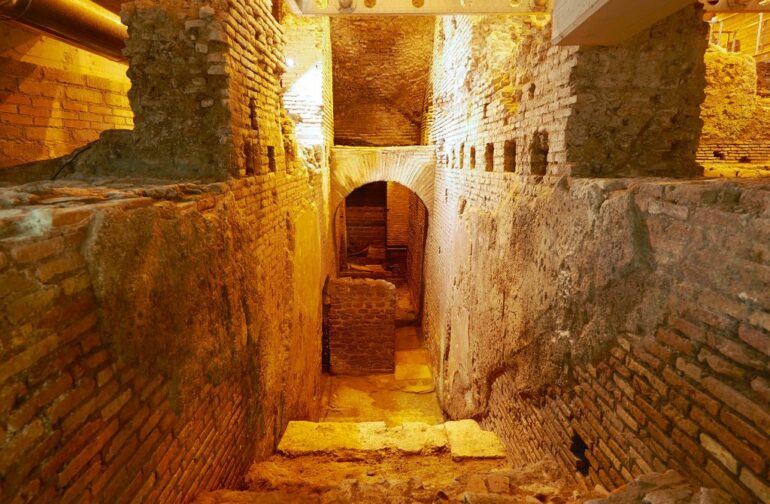Go on a journey through time and discover the rich history of the Vicus Caprarius, the archaeological treasure nestled beneath the Trevi Fountain
While the Trevi Fountain is undoubtedly one of the most iconic landmarks of Rome, few might know about the rich history that goes hidden beneath the area of the Trevi district. With structures that go all the way back to 64 AD, this fascinating site is an absolute gem to be discovered.
Just a stone’s throw away from the Trevi Fountain and nine meter’s below the surface, the Vicus Caprarius, also known as “The City of Water”, awaits to be visited. With the remains of a luxurious mansion house out of the mid-4th century, medieval settlements that date back to between the 12th and 13th centuries, and the castellum aquae, a water reservoir where the water still flows to this day, this site represents a remarkable testimony of Rome’s history through the ages.
INSPIRATION
10 Things You Didn’t Know about the Trevi Fountain
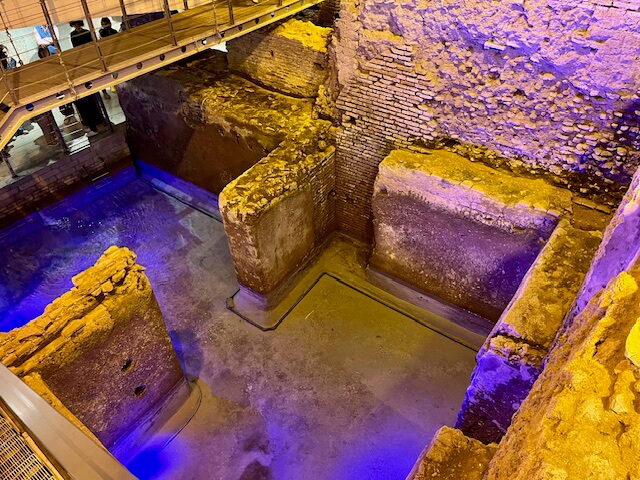
History of the Vicus Caprarius
This impressive complex was unveiled during the renovations of the former Cinema Trevi between 1999 and 2001 by the Archaeological Authority of Rome. With the permission of the Cremonini Group, the owner of the property, a complete reconstruction and enhancement of the archaeological site was undertaken which made it possible for the area to open its doors to the public in 2004. The oldest structures found refer to an insula, small Roman apartments that were built immediately after the destructive fire of 64 AD that ravaged a large part of Rome.
In the mid-4th century the small independent units of the insula were converted into a domus, a stately noble residence richly decorated with polychrome marbles and mosaics, one of them still partly visible today. Unfortunately, a devastating fire – probably connected to the plundering of Rome by the Vandals in 455 AD – destroyed the domus. As a consequence, the ground floor was filled up with a 4-meter high pile of earth that allowed preservation and the later discovery of several artifacts, 14.000 ceramic fragments and over 800 bronze coins.
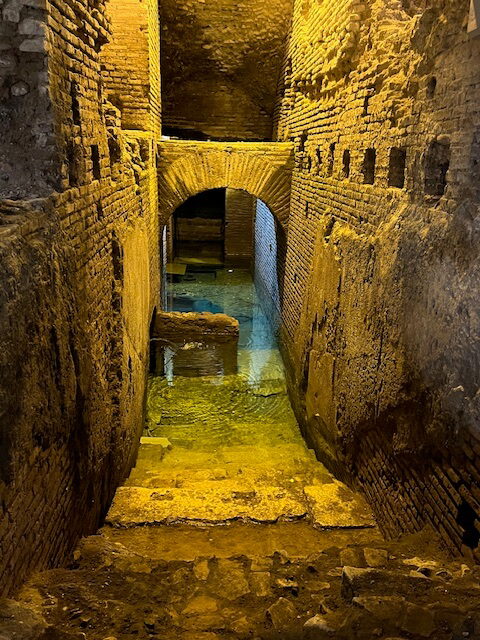
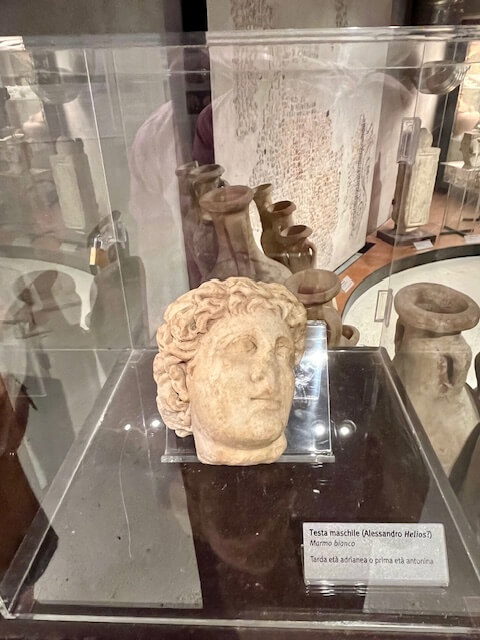
The Aqua Virgo
At the heart of the archaeological complex lies a vast water reservoir that was built in the 2nd century AD and used until the 6th century AD – hence the name “City of Water”. This so called castellum aquae served as a collection point where water from the nearby Aqua Virgo would be stored and distributed to the city of ancient Rome, including to baths and fountains. The Aqua Virgo is the only one of the eleven Roman aqueducts that is still functioning today, supplying water to some of Rome’s most famous fountains, including the Trevi Fountain.
But it is not just the imposing structures of the Aqua Virgo and the remains of the residential houses that make the visit of the Vicus Caprarius a unique experience. The numerous findings discovered during the excavations have been collected and presented carefully: from the beautiful apothecary majolica pitchers that can be dated between the end of the 16th and the 17th century, to the fragile ancient marbles – including the renowned head of Alessandro Helios – are well-worth a visit.
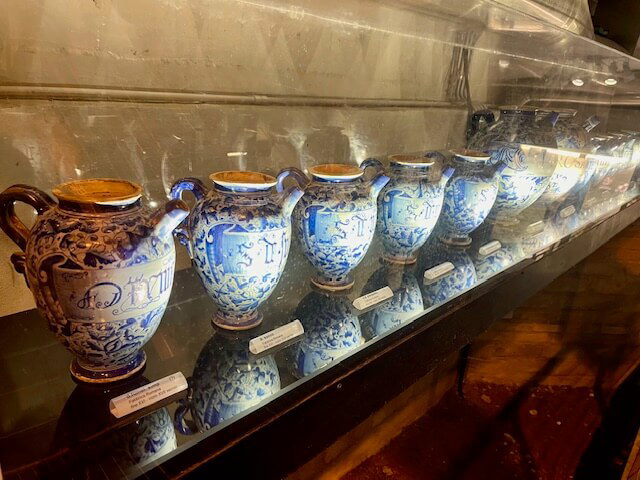
For an in-depth and engaging experience, a guided tour is highly recommended. An expert guide will tell you vivid tales of this intriguing place and delve into the fascinating history of this well-preserved archaeological treasure.
To visit the Vicus Caprarius, reservation is suggested on weekdays and mandatory on weekends and holidays. Regular tickets are priced at €4. An optional audio tour is available for €3,50.
Don’t miss the chance to explore this hidden gem located beneath one of Rome’s most beloved landmarks.
Vicus Caprarius
Vicolo del Puttarello 25
Tue – Sun 11am-5pm
Reservation suggested on weekdays and mandatory on weekends and holidays

